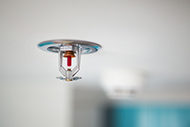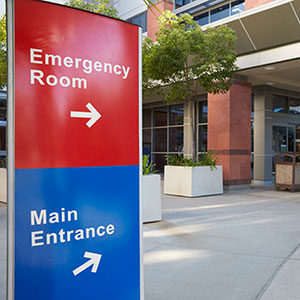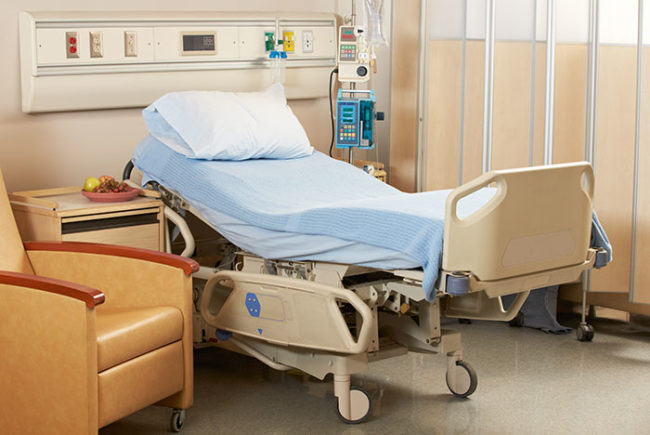Joint Commission: CMS requires ligature-risk deficiencies to be corrected
The Joint Commission announced at ASHE's 54th Annual Conference last week that all ligature and self-harm risks identified during survey must be corrected. George Mills, FASHE, CEM, CHFM, CHSP, director of engineering, made the remarks in his Joint Commission Update session at the conference. Based on federal regulations, health care providers are expected to take the steps needed to achieve compliance after being notified of all deficiencies. The Centers for Medicare & Medicaid Services (CMS) has the authority to grant time extensions, but Mills noted that CMS believes ligature-related deficiencies are never appropriate for time extensions.
This news item has been edited from its original posting.
SHEA studies most effective infectious outbreak communication methods
A cross-sectional study by the Society for Healthcare Epidemiology of America (SHEA) examines knowledge sharing during routine and outbreak situations.
The study found that 96 percent of respondents generate hospital-specific internal guidelines and 93 percent for outbreak scenarios. More than 50 percent used outside resources to develop their guidelines. The main resources were the Centers for Disease Control and Prevention, SHEA, World Health Organization and the Association for Professionals in Infection Control and Epidemiology. The top communication methods used to train health care workers on new guidelines include on-site training, mass email, website announcements and web-based training.
CMS withdraws proposal to make accrediting organization survey reports public
The Centers for Medicare & Medicaid Services (CMS) has dropped its proposal to make survey reports and plans of corrections from accrediting organizations publicly available online. CMS said in a final rule published this month that it will not require public posting of survey reports. CMS also said that the proposal may be perceived as attempting to circumvent a provision that prohibits it from disclosing survey reports or compelling accrediting organizations to disclose reports themselves. Therefore, it withdrew the proposal. The full final rule is available online. The portion addressing public posting of surveys begins on Page 2,040.
USGBC pilots LEED credit to prevent safety hazards through building design
The United States Green Building Council is piloting a new credit for its Leadership in Energy and Environmental Design certification program to help prevent building safety hazards.
The PtD (Prevention through Design) credit was developed with the help of the National Institute for Occupational Safety and Health (NIOSH). Prevention through Design is a concept NIOSH began 10 years ago as a method to prevent and control occupational injuries, illnesses and fatalities by “designing out” or minimizing hazards and risks in the built environment.
The credit focuses on two aspects of building safety: operations and maintenance, and construction.





